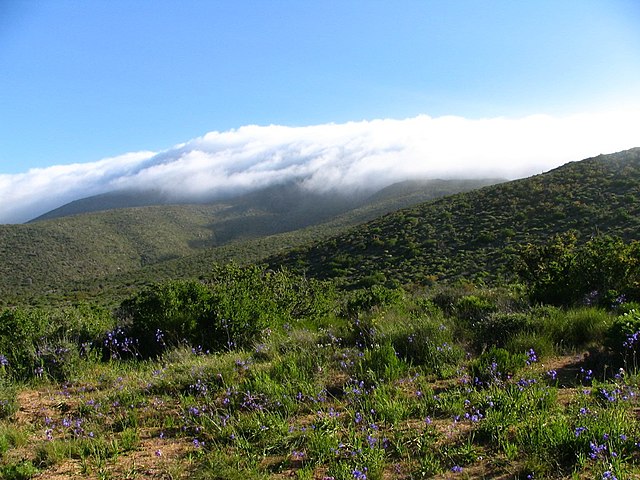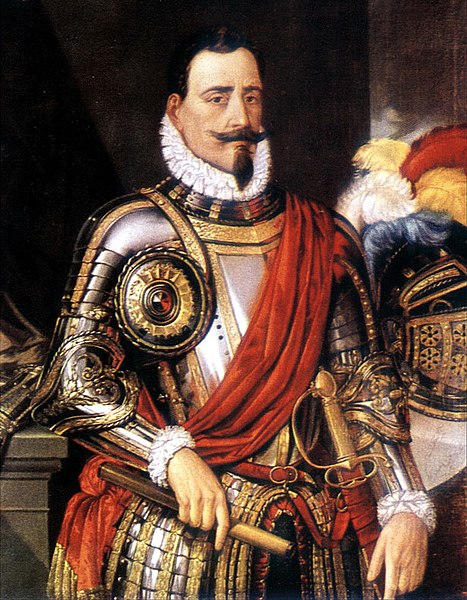Valdivian temperate forests
The Valdivian temperate forests (NT0404) is an ecoregion on the west coast of southern South America, in Chile and Argentina. It is part of the Neotropical realm. The forests are named after the city of Valdivia. The Valdivian temperate rainforests are characterized by their dense understories of bamboos, ferns, and for being mostly dominated by evergreen angiosperm trees with some deciduous specimens, though conifer trees are also common.
Trees and understory at Oncol Park
Vegetation around Termas Geométricas near Coñaripe. The Andes of Zona Sur host numerous hotsprings.
An old-grown pure stand of Aextoxicon in Punta Curiñanco at the Pacific coast.
Valdivian cloud forest Bosque de Fray Jorge in semi-arid Norte Chico.
Valdivia is a city and commune in southern Chile, administered by the Municipality of Valdivia. The city is named after its founder, Pedro de Valdivia, and is located at the confluence of the Calle-Calle, Valdivia, and Cau-Cau Rivers, approximately 15 km (9 mi) east of the coastal towns of Corral and Niebla. Since October 2007, Valdivia has been the capital of Los Ríos Region and is also the capital of Valdivia Province. The national census of 2017 recorded the commune of Valdivia as having 166,080 inhabitants (Valdivianos), of whom 150,048 were living in the city. The main economic activities of Valdivia include tourism, wood pulp manufacturing, forestry, metallurgy, and beer production. The city is also the home of the Austral University of Chile, founded in 1954 and the Centro de Estudios Científicos.
Idealized illustration of Pastene from Alonso de Ovalle's "Histórica relación del Reyno de Chile"
Picture of Pedro de Valdivia, conquistador of Chile and founder of Valdivia
Image of Torreón El Canelo restored in the 1850s. It is one of two remaining Spanish towers in Valdivia used to defend the city and one of the few remaining colonial structures.
A painting of the assault on Corral fort








